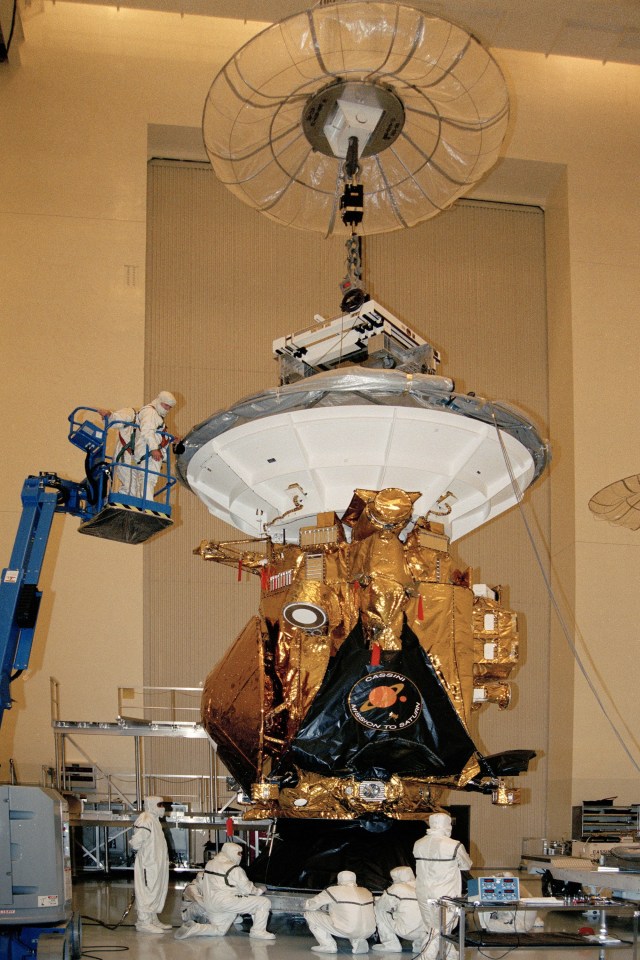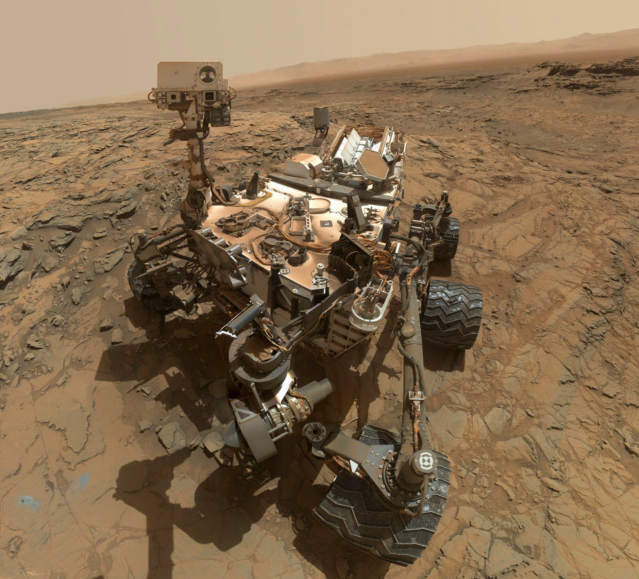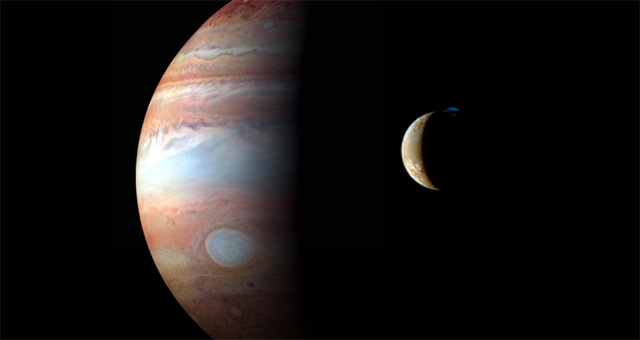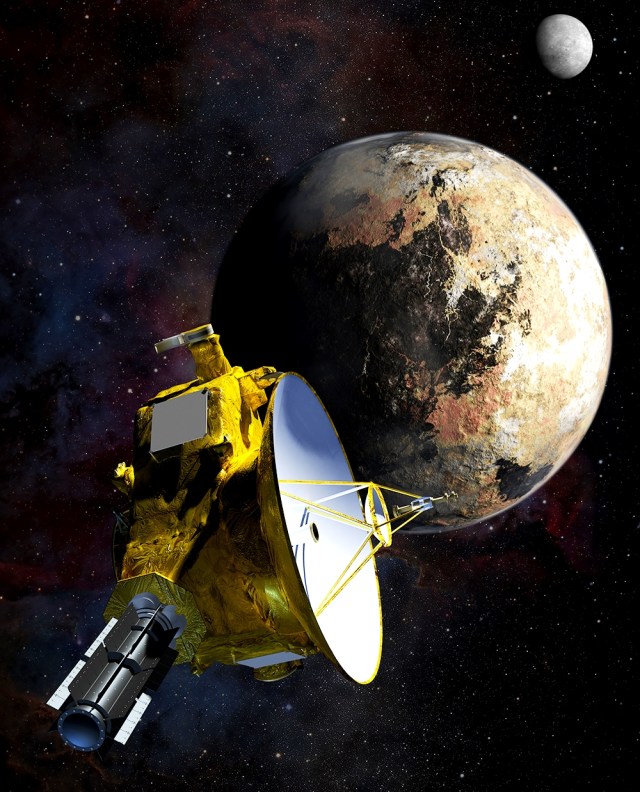Programmatic NEPA
The White House Council on Environmental Quality’s (CEQ’s) Regulations for Implementing the Procedural Provisions of NEPA (Title 40 CFR Parts 1500-1508) provide for programmatic NEPA reviews in Section 1500.4(i) and Section 1501.4(c). In 2014, CEQ supported federal agency use of programmatic reviews by providing guidance: CEQ Programmatic NEPA Guidance.
NASA has utilized programmatic NEPA reviews for decades by grouping similar missions. Examples include NASA’s Balloon Program, Sounding Rockets Program, and Routine Payloads. NASA recently finalized the Programmatic Environmental Assessment (PEA) for Launches Involving Radioisotope Heater Units (RHUs).
The PEA for Launches Involving RHUs evaluates the use of RHUs in spacecraft that would be launched from Kennedy Space Center (KSC) and Cape Canaveral Air Force Station (CCAFS), Florida. RHUs have been used in space missions since the 1960s (See U.S. RPS use to date). NASA will continue to use RHUs for heat sources in space missions when the use of solar or other technologies would be infeasible or when the use of a RHU would enhance the ability of the mission to meet its science goals. The programmatic document will be applied each time a RHU is used in a space mission, if certain parameters are met. NASA was the lead federal agency for this action with the U.S. Department of Energy (DOE), the U.S. Air Force (USAF), and the Federal Aviation Administration (FAA) serving as cooperating agencies.
Currently, NASA has no RHU-enabled missions planned. The use of the PEA for Launches Involving RHUs requires NASA to complete mission-specific NEPA review. Mission-specific NEPA review for RHU-enabled missions will be posted on this site.
































